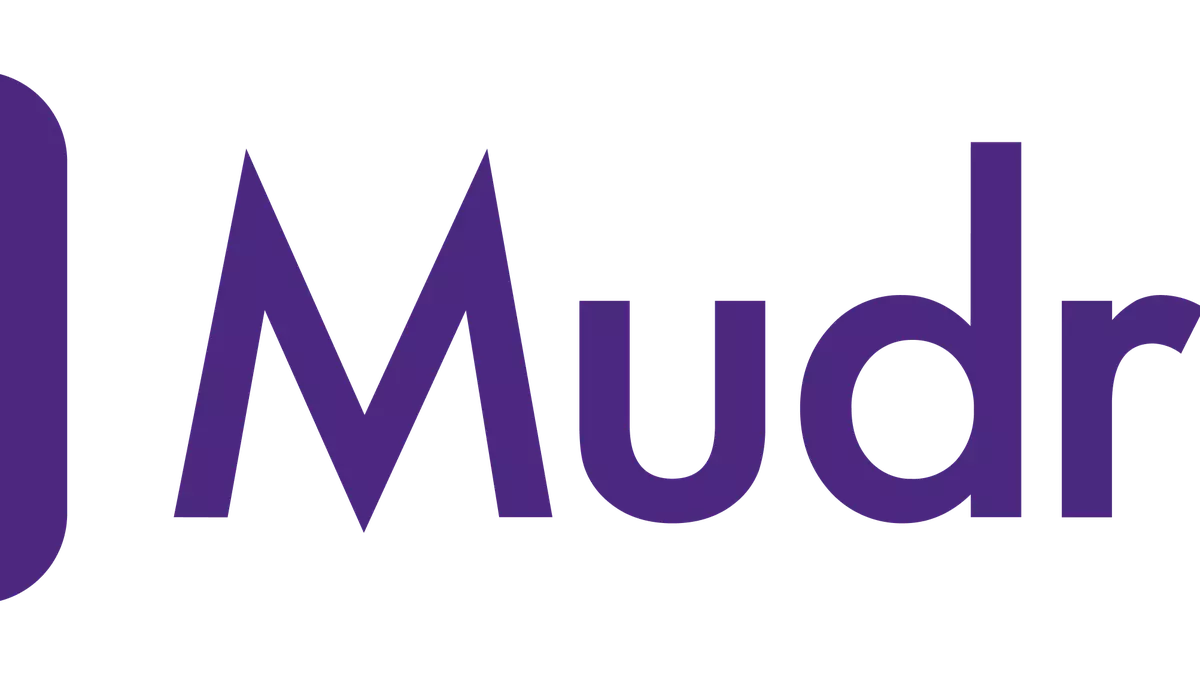Sabine Louët, CEO of SciencePOD sat down for a fireside chat with David Schofield, CEO of Fluence World to learn how their technology improves the way pharma communicates with healthcare professionals (HCPs) and helps discover what really impacts growth and performance.
Tell us about Fluence World and its core activity?
I’m the co-founder of a company called Fluence World and we’ve developed a technology leveraging latent semantics, forensic linguistics and machine learning. The idea is to reverse engineer relationships between unstructured documentation, metadata and commercial KPI.
You plug in a series of documents and you plug in the outcomes that you’re interested in – regardless of what they are. Our system surfaces the relationships in the content that align with the result.
It allows organisations to understand what it is that they’re doing that has a fundamental impact on performance. Attempts to do this were previously based on structured data and structuring data, they fundamentally lose all the granularity of the nuance of the language that’s being deployed.
Are you able to predict the best format for effective communication with HCPs?
What we’ve discovered is that generally communications are too long. People are not able to contextualise what is being communicated, and they are generally after specific answers. For example, it’s tempting to summarise one study at a time when, instead, you could be grouping the same kind of evidence from multiple studies into one summary. What we found is that there are more optimal ways of segmenting communications so that they have the maximum alignment with what HCPs fundamentally want to know.
What lessons did you learn from this new understanding of communication?
We’ve realised that there’s a temptation to do long-form communication. Yet very few people are engaged by long-form communication. If you’re looking at a study of a thousand sentences, the reality is that someone is interested in a fraction of the sentences. So, a lot of it is about removing the information that conceals what the HCP is fundamentally interested in. That’s where I think the big discovery for the pharmaceutical industry lies – as it’s a very evidence-driven industry – in discovering which evidence matters to HCPs. That’s the ‘golden’ question.
Is it possible to measure the impact that summaries or short stories derived from scientific evidence have on a target audience? Let me clarify with examples. We work with scholarly publishers to create summarised versions of their published scientific articles. We want to know what impact these summaries have on a target audience of scientists. Or if I take an example from pharma, we’re interested in knowing how a pharma company’s stories of innovation are received by doctors and HCPs.
The analogy I go to is the movie Moneyball, where if you run sufficient levels of statistical analysis against every micro-activity of the brand, you can start to build a robust picture of which concepts combine to produce the highest level of impact.
It also allows you to segment your target audiences based on their communication preferences, ensuring that you are speaking to people’s needs, rather than our assumptions about their needs.
How does this technology work? And what’s the history of how it came together?
Our venture is a family affair. My wife is my co-founder, my father is a forensic linguist, and my father-in-law is a software engineer.
In a past venture, which was focused on education, my wife, father and I were using forensic linguistics to boost learning outcomes by focusing on high-impact language. For instance, the word ‘the’ constitutes 6% of all English usage. So, understanding ‘the’ means you’ve mastered 6% of English. On the other hand, learning a word like ‘convivial’, which appears once in every 300,000 words, has a lower educational ‘return’. By mapping these relationships and tracking their impact on student attainment, we could pinpoint the most valuable information that would help a student accelerate their learning. In the process, we developed what we called ‘language mapping software’ to automate the analysis of relationships between content and student attainment in different subjects and situations.
How did this understanding help you assess how messages are communicated?
We realised that when you start to map all these underlying structures, you start to understand the precise relationship between activity and success. You start to see that people who use language in a particular way perform much better than people who use it in another way.
We knew straight way that our technology had potential beyond education, and so we founded Fluence World to help develop these ideas and bring them to wider markets. Now, our technology is used in five different sectors for various purposes, such as grading essays, evaluating insurance risk, and optimising marketing strategies.
We ended up with a capability that could answer a very important question, “What are we doing that has the most significant impact on performance?” A question that every company in the world is asking.
How did you apply linguistics on a larger scale?
My father-in-law, who is an incredible mathematician and engineer, realised that this approach was the perfect foundation for machine learning. We started to develop sophisticated machine learning capabilities over the top of the core language mapping system.
At this point, we noticed that the technology could grade essays (even university-level essays) with a remarkable degree of accuracy. The platform quickly evolved to process any kind of documentation against any kind of key performance indicator (KPI). Regardless of whether we are grading essays or evaluating marketing content, it comes back to surfacing the commonality between what delivers results, and what doesn’t.
And so, we ended up with this agnostic language engine that just learns to understand differences between success and failure, and then explains those differences back to the expert so that they can make appropriate decisions.
Have you discovered things that surprised you and that you didn’t expect when you started to analyse communication campaigns and their output?
There are certain facts that I really love about the data because what it shows me is that the pharma industry is very evidence-driven. This is something that’s very nice to know: the better the evidence, the more useful the marketing.
What becomes clear is that marketing is about surfacing and accentuating the right evidence, and it’s nice as a patient or prospective patient to know that this is how the industry works. An element of this is honest communication about the negatives of a product. It might feel awkward to put side effects front and centre in a campaign, for example, but if people don’t know what these are, then no HCP is going to prescribe. So in a way, it justifies certain [upfront and open] approaches. Also, the hard sell doesn’t work: statements like ‘our product is better’, all those kinds of things, people don’t want to hear that kind of communication.
[Professionals in the Pharma industry] sort of know this, but it’s very hard to change something without having some sort of evidence to back up a recommendation. So, I think the big observation is that when you start to understand the underlying data, then you can justify strategic changes in how you communicate overall.
That’s fascinating. Concerning the assumption that you have to measure every click-through and all these KPIs, are they accurate measures or is there a different, better approach?
We believe that everything should be linked back to what we call the most ‘real-world’ metric you can get your hands on. What that means is the closer you are to the commercial outcome, the more accurate the model becomes and the more truthful the model becomes.
We refer to click rates, open rates, any kind of call to action, as a proxy metric. Useful, but not actually what the company is aiming for. Instead, we tend to train against sales volumes or revenues because it’s more informative about which things are correlating with fundamental changes in organisational performance. And what’s nice then is you can compare and contrast the difference between what seems to be getting clicks and what actually delivers growth. And there are clear differences.
There are differences in what’s engaging versus what someone actually needs to hear if they’re going to start prescribing. And again, it’s then trying to find a balance or an ‘optimal’ between level of interest and fundamental impact on the brand. These are some of the most exciting areas of analysis, I would say.
And what works best?
It’s dependent on the product’s USP. When we start to look at the level of correlation between words (known as n-grams), for instance, let’s say there’s a billion n-grams in a text, what we’ve found is that 90% of those n-grams have almost no correlation with growth. But what you then find is that 10% have a very strong correlation with growth.
There’s a very small subset of information that is truly correlated with a product’s success. The discovery of what truly differentiates you in the market is probably the biggest win in terms of what it is that HCPs want to know about your product and what they react to in such a way that leads to prescriptions. And it is different for each product.
What we found is that aligning to HCPs who have a need for your USP is an easier way to generate growth than by simply trying to target people with high opportunity or with high potential, from a pure commercial perspective. So, it changes how marketers think about campaign strategy which is one of the biggest advantages of this combined linguistics and machine learning method.
One of the most common questions people ask us is ‘what kind of format suits my audience best?’ And it looks like you have found a scientifically proven way of establishing that.
All these tools are helping us capture nuance, which is great! This is really about enabling organisations to apply scientific method to something that has typically been very difficult to understand.
We don’t claim to be the subject experts in any of our verticals. We are focused on helping our clients hold a mirror up to their processes so that they can apply their expertise more effectively based on what the data says.
Now, everybody is moving onto the multimodal realm, particularly to associate images. I understand the majority of what you do is based on text. Is there a possibility of extending what you do to visuals?
We’ve thought about it. Fundamentally, our value lies in harnessing the written word. However, these emerging technologies are just fantastic in terms of providing additional data points across different mediums. It’s like having a magnifying glass for all aspects of customer experience.
Last question: what is your ambition for the future?
That’s a very good question. We work across different markets. We’re growing in financial services as well as the pharmaceutical industry. We also have partners in the education industry. We’ve also worked in automotive. And what we found is that there’s a kind of universality to the need to understand relationships between the content of an organisation and the fundamental commercial outcomes that they generate.
My wife and I are quite aligned. Our view is that people don’t realise how much data they already have, how much information they’re producing. And I don’t think they realise how much they can do with that information.
I think for us, it’s about trying to make people aware of the sheer amount of intellectual property that they have within their organisations and that they have the power to use it in a much more sophisticated way.
This interview has been edited for clarity








Leave a Comment